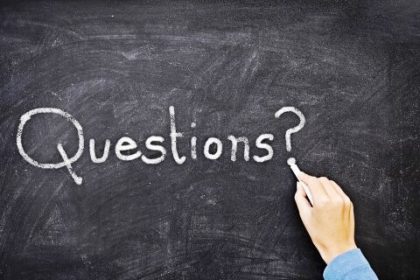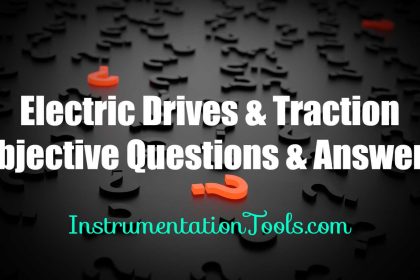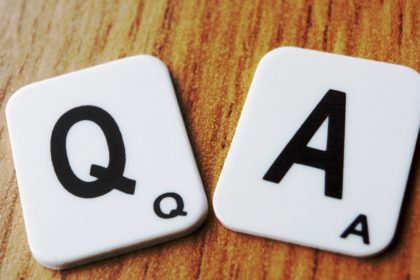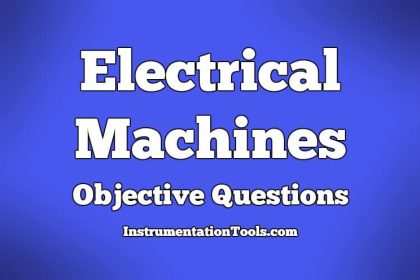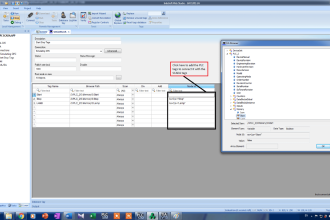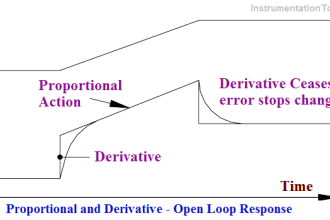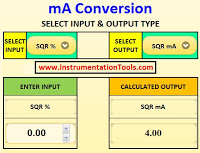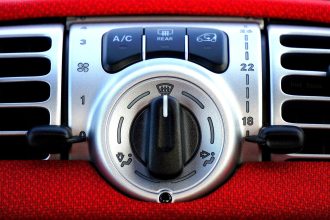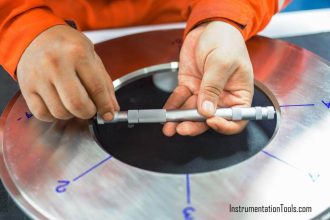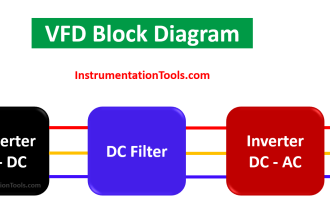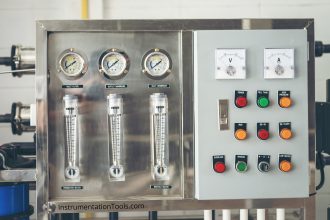[1] How does the Induction motor work? (OR) Why does the Rotor rotate?
- When the 3 phase stator windings are fed by 3 phase supply, a magnetic flux of constant magnitude which is rotating at synchronous speed is set up.
- The flux passes through the air-gap and sweeps past the rotor surface thus it cuts the rotor conductors.
- Due to the relative speed between the rotating flux and the stationary rotor conductors, an emf is induced in the stationary rotor conductors as per the Faraday’s laws of electromagnetic induction.
- The frequency of the induced emf is the same as the supply frequency.
- Its magnitude is proportional to the relative velocity between the flux and the conductors.
- Its direction will be as per Fleming’s right hand rule.
- Since the rotor conductors form a closed circuit the rotor current is produced.
- This current’s direction will oppose the very cause producing it ( as per Len’s law)
- Here the cause is the relative velocity between the rotating flux of the stator and the stationary rotor conductors.
- Hence, in order to reduce the relative speed, the rotor begins to rotate in the same direction as that of the rotating magnetic flux and tries to catch up with the rotating flux. Thus the rotor of induction motor starts to rotate.
[2] What is the general working principle of Induction motor?
- The conversion of electrical power into mechanical power takes place in the rotating part of an electric motor.
- In DC motors the electrical power is conducted directly to the armature through brushes and commutator.
- Thus the DC motor can be called as conduction motor. But in case of AC motors, the rotor receives electric power, not by conduction but by induction.
- This is exactly in the same way as the secondary of two winding transformer receives its power from the primary.
- That is why such motors are known as induction motors.
- Thus an induction motor is also known as rotating transformer ( ie, one in which primary winding is stationary and the secondary is free to rotate)
[3] What is the advantage of skewed stator slots in the rotor of Induction motors?
In the induction motor design, the rotor slots are purposely made with a slight skew arrangement. It will not be parallel to the shaft.
This is for the purpose of reducing magnetic locking or reducing magnetic attraction between stator and rotor teeth.
In addition to that this arrangement will help to reduce the magnetic hum and noise.
[4] What is meant by cogging in the Induction motor? How to prevent the cogging?
When the number of teeth in stator and rotor are equal, the stator and rotor teeth have a tendency to align themselves exactly opposite to each other, since this corresponds to minimum reluctance position. In such case the rotor may refuse to accelerate. This phenomenon is called as magnetic locking or cogging.
This problem can be prevented by proper choice of stator and rotor slots and also by skewing the rotor slots by one slot pitch.
[5] What are the various methods of measuring slip?
1. By actual measurement of rotor speed
2. By measurement of rotor frequency
3. Stroboscopic method
[6] What are the various methods of speed control in three phase induction motors?
(i) Control from stator side
1. By changing the supply frequency
2. By changing the number of stator poles
3. By changing the supply voltage
(ii) Control from rotor side
1. By inserting resistance in rotor circuit
2. By various ways of cascade connection
3. By injecting EMFs in the rotor circuit.
[7] What is meant by crawing in the induction motor?
In induction motors, particularly squirrel cage type induction motors, sometimes exhibit a tendency to run stably at speeds as low as one-seventh of their synchronous speed Ns. This phenomenon is known as crawling of an induction motor and the speed is called as crawling speed.
